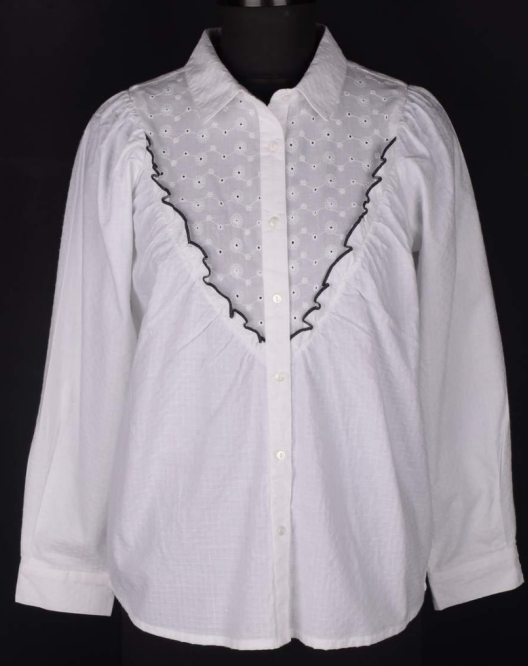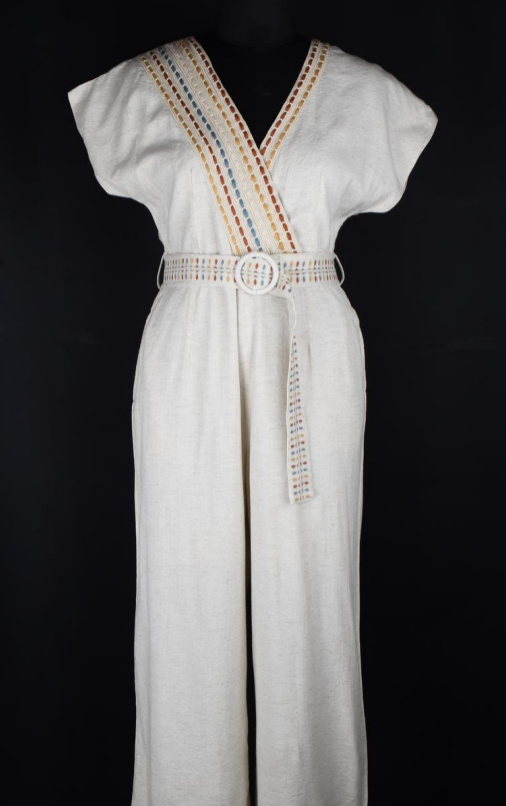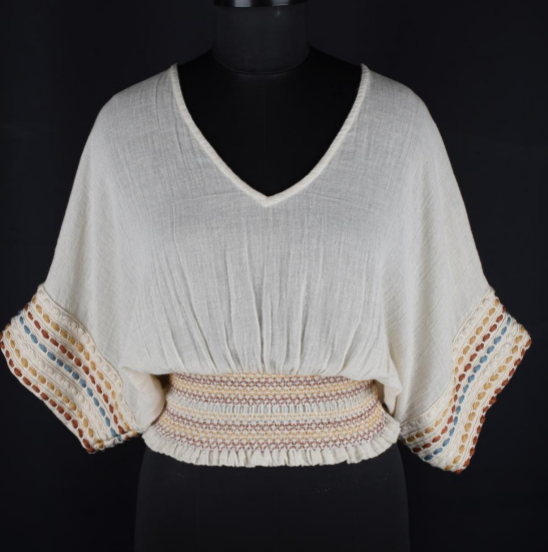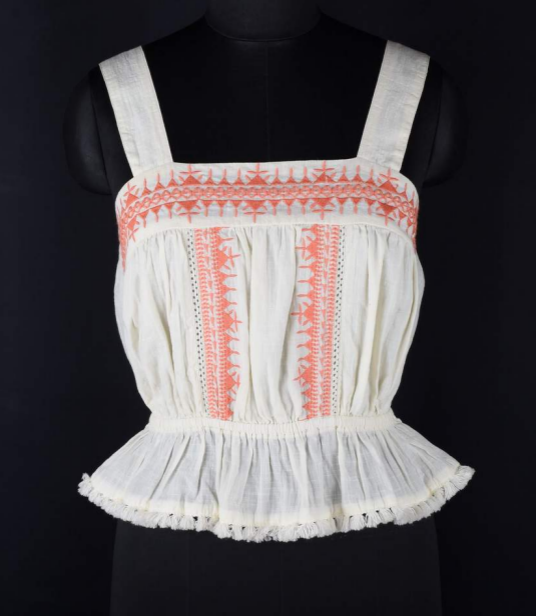Guide To Importing Textiles From India For US Startups
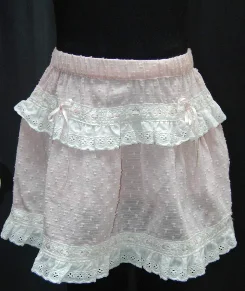
Looking for sourcing high-quality textile products for your new business in the US? As a first-time clothing brand owner, there are many hurdles to overcome before you become a successfully established brand. One of these hurdles is to source high-quality materials without blowing your budget. And there is hardly any better option for exporting apparel than India. Investing in a textile export company in India can give you that extra edge over other competitors.
Trusted companies like Cheer Sagar in Jaipur have everything, from skilled artisans and centuries-old textile legacy to competitive pricing and sustainable practices. Additionally, a lot of the designs and fashions that have been trending in the US for some time, like block printed garments and eco-conscious fabrics, have high yield in India. So if you’re interested in importing textile products from India, read more below to find a complete guide on how to import textile products from India, especially as a first-time US brand.
Step-by-Step Guide on How to Import Fashion Products From India
Step 1: Define Your Product & Requirements
Be clear and sure about what you’re going to source. Do you have a clear idea about the type of product you will source for your brand, such as women’s wear, accessories, kids’ wear, or something else? Most Indian manufacturers prefer larger orders, but depending
on your budget and other surrounding factors, decide on the order quantity. Do not forget to take a look at the materials before making an order and choose your desired fabric for products like organic cotton, jute, silk, and synthetic blends. Make sure to communicate with your manufacturer about any customization, like labeling, packaging, etc, before they ship the order. Additionally, get samples beforehand to avoid any surprises in the final delivery.
Step 2: Find The Right Manufacturing Partner
According to the items you want to source, you have three options to choose from to find the right manufacturing partner: factories, exporters/agents, and small-scale artisans. Factories are good for those brands that have large orders with standardized quality requirements. Exporters can be useful to brands for mixed category sourcing. And small-scale artisans are the best choice for those who are looking for handmade or niche products.
Some of the factors you must consider before making an order is:
-
Ask for certifications. Cheer Sagar in Jaipur is one of the best garment manufacturers in India with certifications from Global Organic Textile Standard (GOTS) and Better Cotton Initiative (BCI), among other certifications. So, before choosing, find out if the company you’re importing from has such trustworthy certifications.
-
Ask for recent client references to know about the way they work from choosing products to shipping and the timeline they work on.
-
And if it is going to be your first time sourcing materials and/or products, it is better to start with a small batch or sample order to see if your brand's values align with the manufacturing partner.
Step 3: Discuss Pricing, Timelines & Payment Terms
Before making any decision, such as purchasing products or placing an order, clarify each type of pricing with the manufacturer. For example, clarify packaging charges, unit prices, and see if there are any discounts on bulk orders. Using milestone-based payments may be helpful to you as a brand owner ( 30% advance and 70% before shipment). Also, you need to set production timelines before making the order with a reasonable buffer, as producing large amounts of products is labour-intensive, and a
little bit of buffer in the production timeline is good for the long run. Finally, always use safe payment methods in such purchases for both small and large orders to avoid hassle.
Bonus Tip: Know US import Regulations
You need to meet specific compliance and labeling rules for importing apparel and fashion products into the US. There are labeling requirements, CPSIA and flammability standards, especially for children’s apparel, and customs compliance, for which you can hire a customs broker in the US to ensure proper classification under the HTS, also known as the Harmonized Tariff Schedule.
Conclusion
Some bonus tips for you include starting small, protecting your brand using NDAs and IP agreements, and not forgetting to track all documentation. Importing textile products from India can be a game-changer for emerging US brands; however, the success of your brand depends on careful planning, attention to legal and quality details, and the right partnerships. For a pleasant and trustworthy experience, check out Cheer Sagar’s website for more information on how we manufacture and help you import fashion products to help you establish your brand.
Related Blog
How To Be An Environment-Friendly Fashionista?
The modern era that we are currently living in certainly has made our lives comfortable, convenient and to an extent...
6 Innovative Fabrics Used In Women’s Clothing Manufacturing That You Should Know About In 2024
India is one of the major women’s apparel manufacturers around the world. This allows Indian manufacturers to have first-hand...
Tackling Challenges In Women's Fashion Trade Between India And Sweden | Cheer Sagar
The expanding market for women's clothing between India and Sweden presents a wealth of opportunities for businesses. However, navigating...

